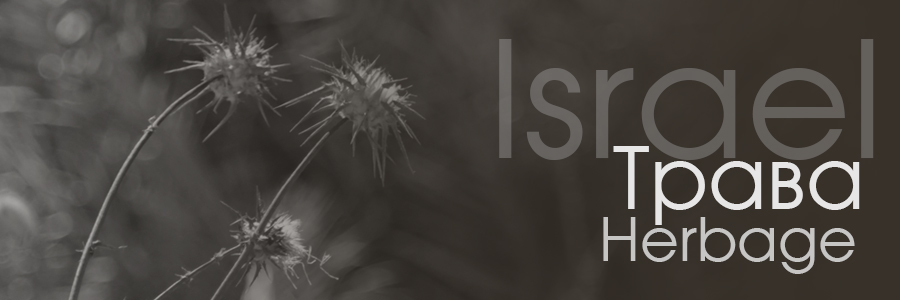 |
||
|
Поговорим немного и на эту тему. Израиль находится в непростой климатической зоне, здесь очень радиоактивное солнце, очень жарко и очень сухо. Дожди тут большая редкость (хотя справедливости ради стоит сказать, что по климату территория Израиля совершенно неоднородна, учитывая, что здесь даже горнолыжный курорт есть). Но в целом ― это когда-то была выжженная пустыня. Растениям здесь непросто, за ними нужно постоянно ухаживать (что здесь и делается). При этом климат такой, что на улице растёт много привычных нам, в России, комнатных растений ― герань, например. Ну, это у нас они комнатные, для экваториальной зоны это обычные уличные растения ― фикусы там всякие, пальмы/саговники, кактусы самые разные, разновидное алоэ etc. Вообще растительности здесь много, и израильтяне умеют вписывать её в ландшафт. Кстати, в Израиле очень много введено в культуру привезённых растений, которые здесь никогда не росли ― например, бразильские бугенвиллии или даже мексиканский кактус опунция. Сейчас сложно представить себе Израиль без этих растений, но когда-то их здесь не было. Так что в плане растительности Израиль нам тоже показывает хороший пример: когда заимствования из чужих культур идут на благо страны, а не во вред.
▪ ▪ ▪
Let's talk a little on this topic. Israel is located in a difficult climate zone, where the sun is very radioactive, there is very hot and very dry. Rains are very rare here (although, it is fair to say that the climate of the territory of Israel is completely heterogeneous, consider that there is even a ski resort here). But in general, it was once a scorched desert. Conditions for the plants are not easy, plants need constant care (which is done here). At the same time, many plants, which consider in Russia as houseplants, grow directly on the streets ― geraniums, for example. Well, these plants in Russia are houseplant, but for the equatorial zone, they are ordinary street plants ― these are ficus trees of all sorts, palm trees/cycads, different cacti, varieties of aloe, etc. In general, there is a lot of vegetation here, and the Israelis know how to fit it into the landscape. By the way, in Israel, a lot of imported plants, that have never grown here, have been introduced into the culture ― for example, Brazilian bougainvilleas or even the Mexican prickly pear cactus. It is difficult to imagine Israel now without these plants, but once they were not here. So, in terms of vegetation, Israel also shows us a splendid example: when borrowing from foreign cultures is for the benefit of the country, and not to the detriment.
2017, translated in 2021
|
||
 1. Саговник Cycas |
||
 2. Скромная агава Modest agave |
||
|
||
 4. Томаты на тротуаре Tomatoes on the sidewalk |
||
 5. Колючки Barbs |
||
 6. Сухостой на стене Dry herbs on the wall |
||
 7. Тернии Thorns |
||
 8. Зелёная сень Green canopy |
||
 9. Бутоны Buds |
||
 10. Сухое золото Dry gold |
||
 11. Угловатое боке Angular bokeh |
||
 12. Тонкие тени Thin shadows |
||
 13. Клещевина Ricinus |
||
 14. Клумбы в бочках Flower beds in barrels |
||
 15. Пронзительно зелёный Striking green |
||
 16. Любопытный Curious |
||
 17. Араукария Araucaria |
||
 18. Сухая композиция Dry composition |
||
 19. Воздушный жёлтый The ethereal yellow |
||
 20. Камыш Reeds |
||
 21. Сабра (он же опунция индийская или же опунция инжирная). Кстати, израильтяне словом «сабры» называют людей, рождённых в Израиле (на эту тему рекомендую почитать статью здесь). Sabra (aka opuntia ficus-indica or Indian fig opuntia). By the way, the Israelis use the word "sabra" to people born in Israel (I recommend reading an article on this topic here). |
